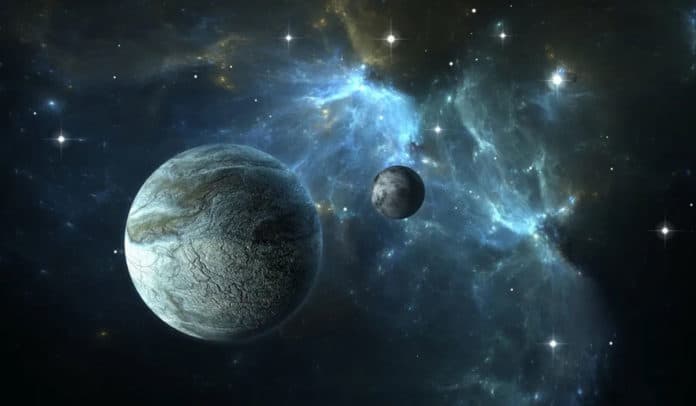In a new study, scientists reported that a previously found exoplanet called TOI-849b is the remnant core of a giant planet. With a radius smaller than Neptune, the exoplanet has an anomalously high mass and density similar to Earth.
The discovery may highlight how the mysterious cores of giant planets look like.
Originally discovered in 2018, by using NASA’s Transiting Exoplanet Survey Satellite (TESS), the exoplanet revolves around its star called TOI-849, which is 730 light-years from Earth. TOI-849b circles its star in a fast, tight orbit just 18.4 hours long.
Sean Raymond, an astrophysicist at the Observatory of Bordeaux, said, “There are not a lot of planets in this in-between place, so to see a planet this size this close to a star is pretty cool.”
According to past models, nascent planets more than 10 to 20 times Earth’s mass must have strong gravitational fields to obtain vast amounts of material from the protoplanetary disks of gas and dust that surround their newborn stars.
Such worlds should hence grow to become gas giants like Jupiter or Saturn. Accordingly, one may imagine that TOI-849b is the remnant of a gas giant that lost the vast majority of its weight, maybe because of the warmth, it experiences circling so close its star.
Although, some scientists believe that heating alone might not be responsible for the gas giant’s atmosphere losing all its weight. According to them, the exoplanet must have collided with other giant planets, or the gravity of its star could have absorbed much of its gas envelope.
Another explanation offered by scientists that the exoplanet could have formed much later when much of its system’s protoplanetary disk was gone. There is also a possibility of TOI-849b creating in orbit around its star carving off all the material available to it for its growth within the protoplanetary disk.
Scientists said, “Further studies may directly observe that core’s composition by analyzing evaporated material in the exoplanet’s remaining atmosphere. The work may also investigate whether this exoplanet was a gas giant whose atmosphere was stripped away by the light from its star.”
Journal Reference:
- A remnant planetary core in the hot Neptunian desert. DOI: arXiv:2003.10314
